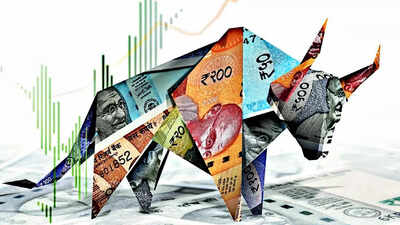Stock market benchmark indices rebounded in early trade on Wednesday (Aoril 2, 2025) after a sharp decline in the previous session, driven by buying in blue-chip stocks such as HDFC Bank and ICICI Bank.
The 30-share BSE benchmark Sensex rebounded 256.82 points to 76,281.33 in early trade. The NSE Nifty climbed 84.9 points to 23,250.60.
From the Sensex pack, Tech Mahindra, Infosys, HDFC Bank, Maruti, ICICI Bank, Bharti Airtel, Zomato and Adani Ports were among the gainers.
Nestle, UltraTech Cement, Hindustan Unilever and Tata Motors were among the laggards.
In Asian markets, Shanghai and Hong Kong were trading in the positive territory while Seoul and Tokyo quoted lower.
U.S. markets ended mostly higher on Tuesday (April 1, 2025).
Foreign Institutional Investors (FIIs) offloaded equities worth ₹5,901.63 crore on Tuesday, according to exchange data. Domestic Institutional Investors (DIIs) were buyers as they bought equities worth ₹4,322.58 crore.
“The element of uncertainty regarding reciprocal tariffs is expected to come down with the tariff declaration today. But considering Trump’s flip flops on tariffs earlier, the uncertainty is likely to continue beyond today,” V.K. Vijayakumar, Chief Investment Strategist, Geojit Investments Limited, said.
It appears that FIIs turning buyers in the last several trading days of March was triggered by end of year considerations, he said.
“The short-covering which FII buying triggered contributed to India’s outperformance in March. Now with FIIs selling for ₹10,255 crore in the cash market in two days, the shorting has resumed. This was reflected in the 353 point sharp cut in Nifty yesterday,” Mr. Vijayakumar added.
Global oil benchmark Brent crude traded 0.0% up to $74.51 a barrel.
The BSE benchmark tanked 1,390.41 points or 1.80% to settle at 76,024.51 on Tuesday. The Nifty dropped 353.65 points or 1.50% to 23,165.70.
Published – April 02, 2025 10:52 am IST







